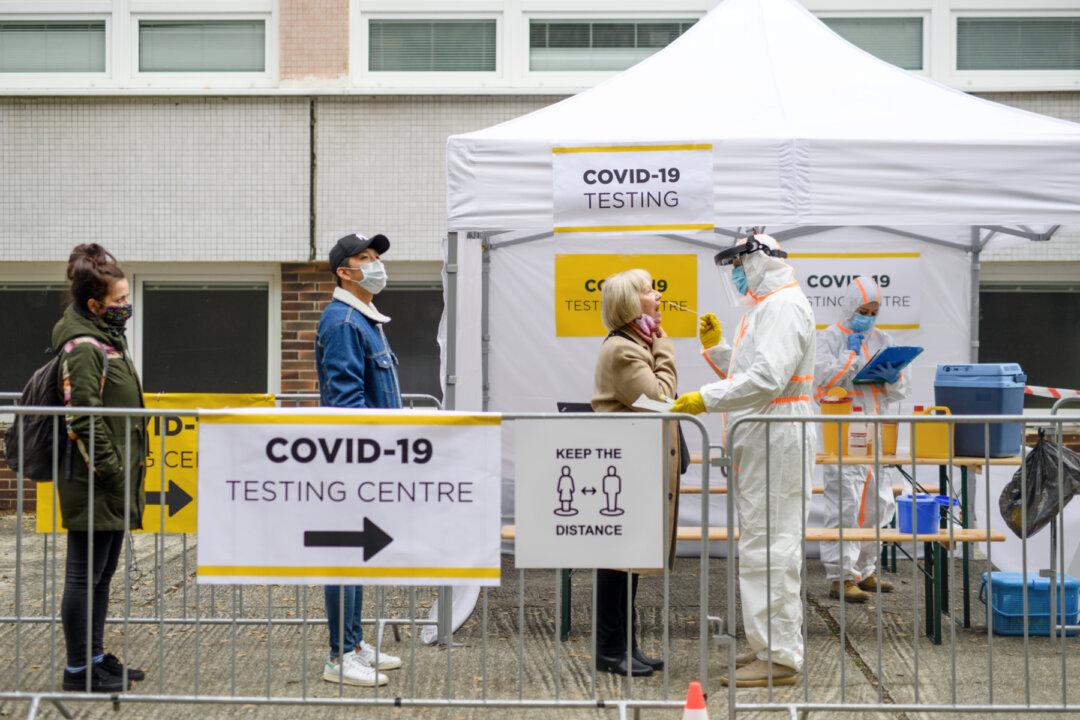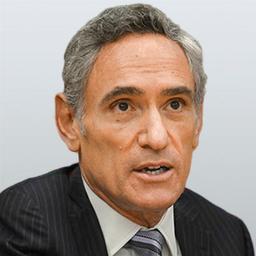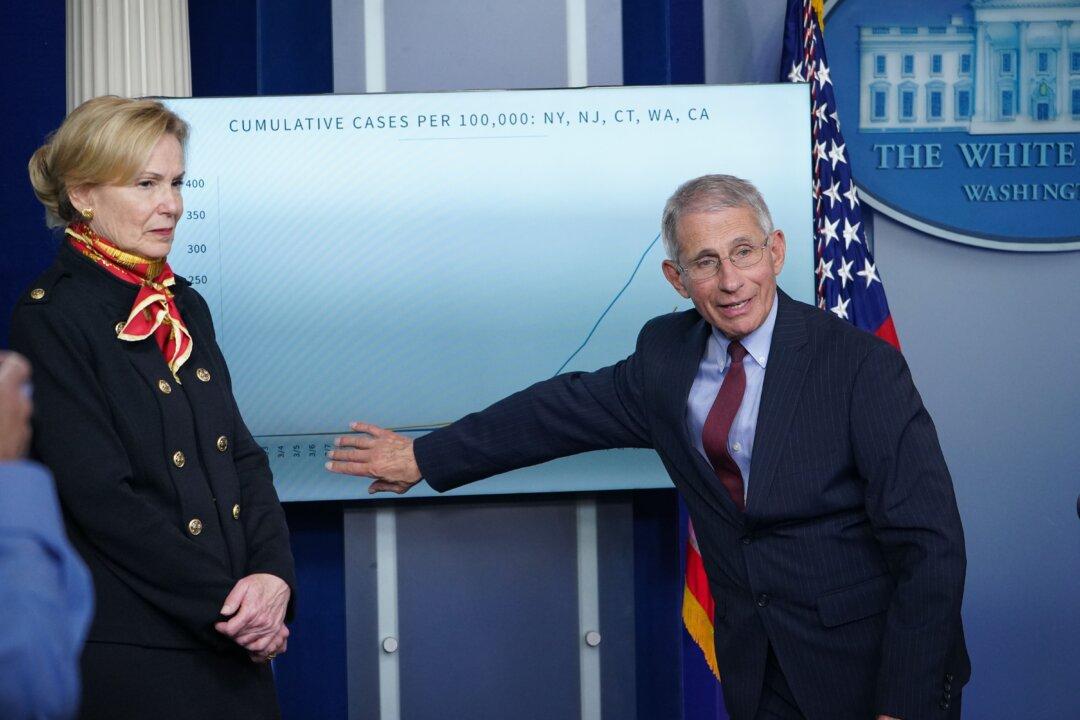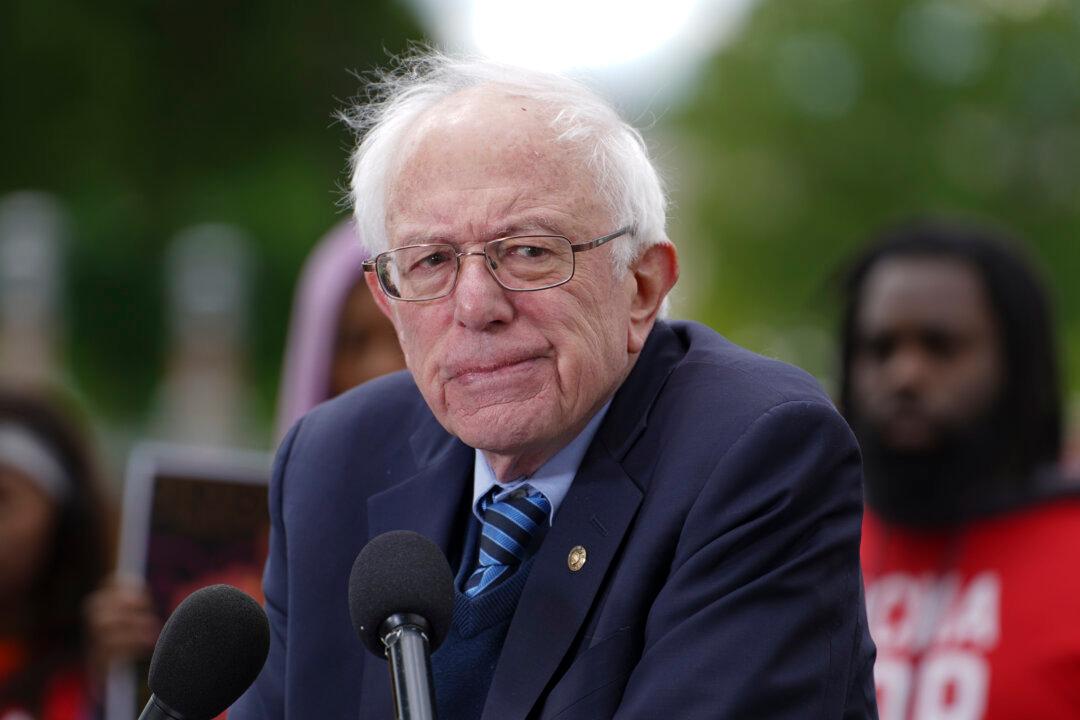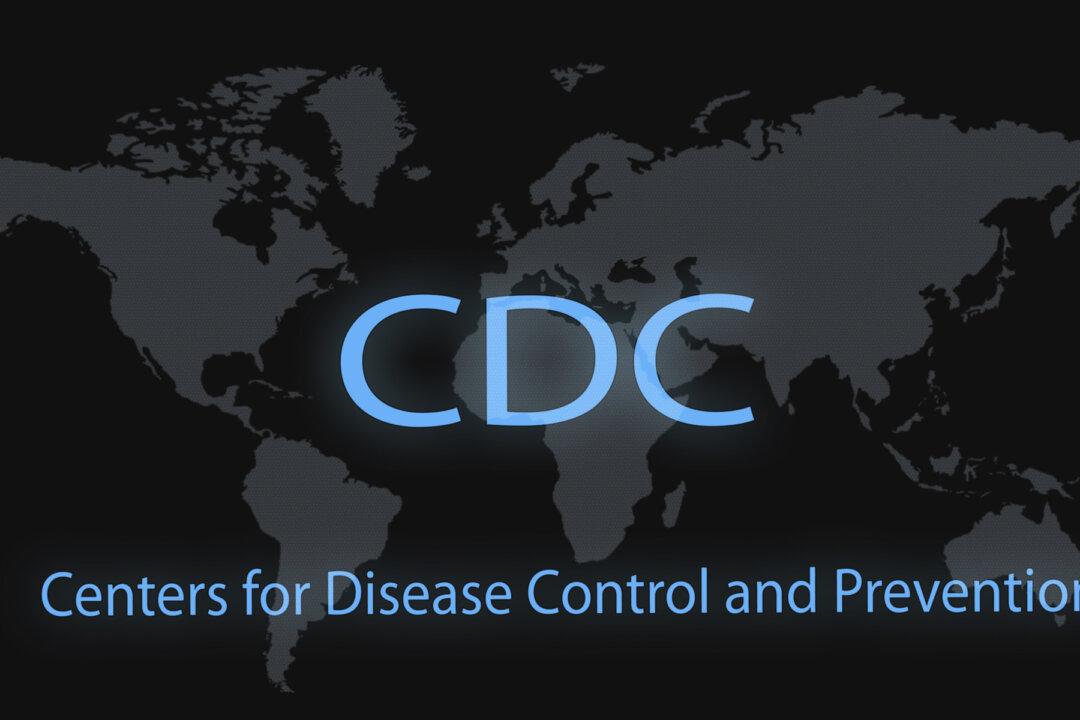This adapted excerpt is from Dr. Scott W. Atlas’ bestselling book, “A Plague Upon Our House,” published by Bombardier.
By the time I arrived at the end of July 2020, the administration had already developed a massive testing capacity from scratch. Nearly a million tests per day were being conducted. The effort was led by Admiral Giroir, who was assigned the thankless task of overseeing that project.
